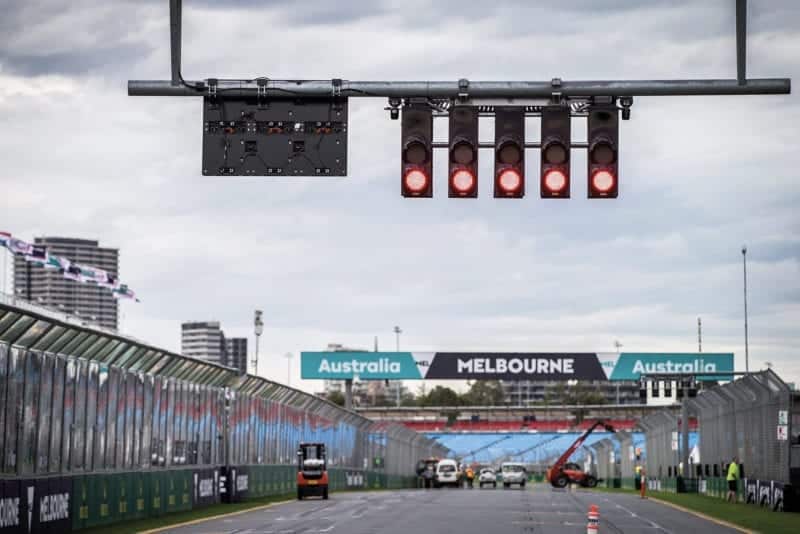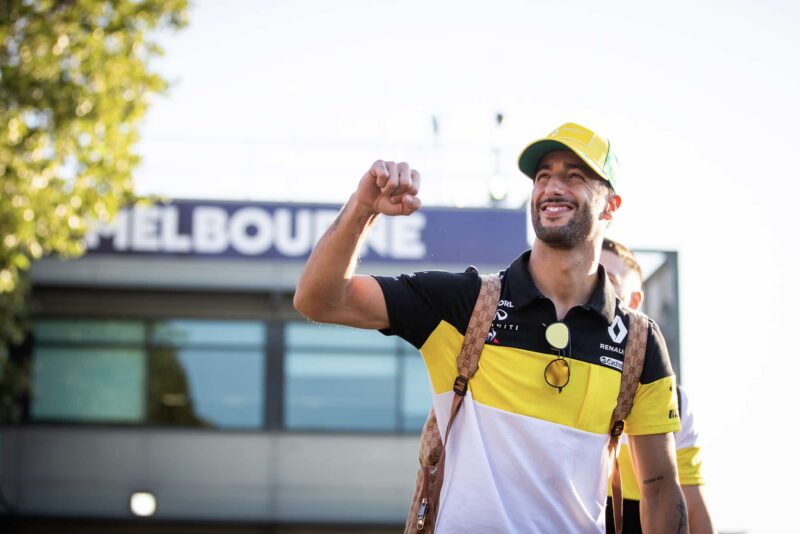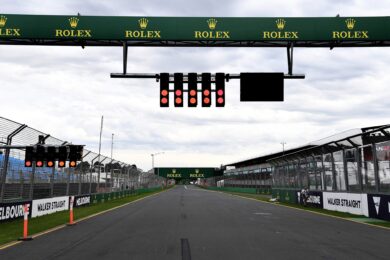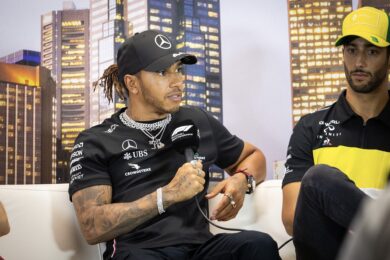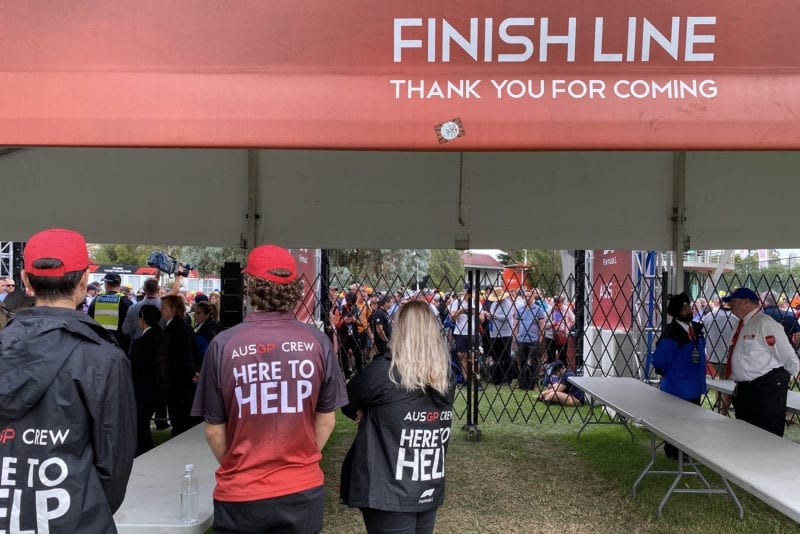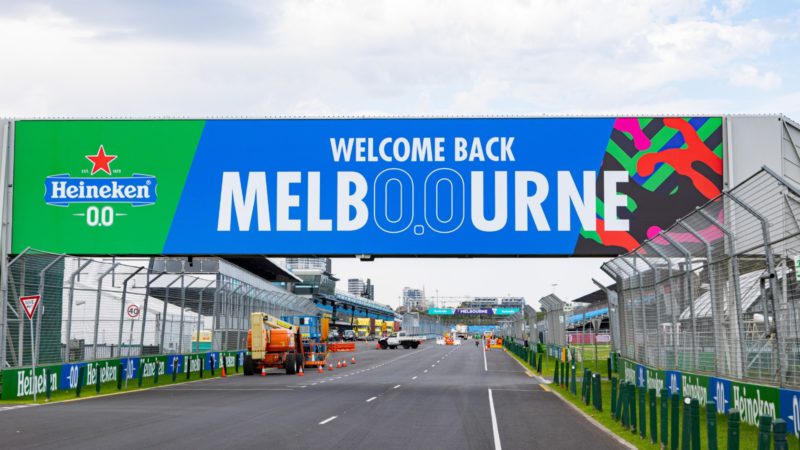The global news cycle was already at fever pitch in January 2020, well-before pre-season testing. Italy, which would soon become an international epicentre, recorded its first case on January 31, as did the United Kingdom.
More than 1100 deaths had been recorded worldwide 12 days later, prompting the postponement of the Chinese Grand Prix. Fast-forward seven days to February 19th, and F1’s two pre-season tests went without a hitch, though McLaren alone banned anyone who had travelled to China in the past two weeks from entering its motorhome as a precautionary measure.
Meanwhile, Covid-hot spots were forcing travel bans across the globe, and just two days before the gates opened in Melbourne, Australia’s federal government added Italy to its blacklist that included China, Iran, and South Korea. That made everyone (both inside Australia and out) nervous about Ferrari, AlphaTauri and Pirelli bringing more cases Down Under.
It’s easy to forget how terrifying things were just over two years ago. On the Wednesday ahead of the race, the WHO had upped Covid’s status to pandemic, the NBA suspended its 2019/20 season, and the United Nations reported that 20% of students were out of school globally as a direct result of the virus.
The Australian Grand Prix Corporation had installed sanitation stations throughout the circuit, converted the then yet-to-be held autograph sessions to on-stage interviews, and brought in social distance measures for F1 personnel normally mobbed en-route to the paddock.
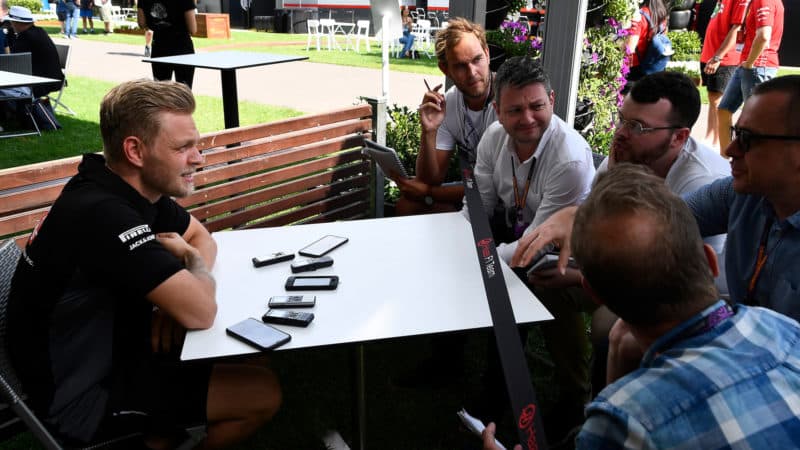
Early attempts at social distancing in the Melbourne paddock weren’t rigid
Grand Prix Photo
“There was, quite understandably, a high degree of caution. And the Europeans had come in, and I remember they were extremely cautious,” Westacott said.
“They weren’t shaking hands, they were keeping their distance, and they were actually starting to even wear masks on arrival at the circuit. And this was all new to us. We still expected the event to go ahead, but they had a high degree of caution. And associated with that caution, they also made sure that people were testing for any symptoms.”
Thursday arrived, and while fans flooded through the gates for the first day of the Australian Grand Prix to watch the first of the support races, the paddock was even keener to keep its distance, keeping its drivers two metres away from journalists during interviews.
Strangest of all was that most F1 personnel looked like they’d seen a ghost, a stark difference to the super-focused, highly motivated individuals we are used to. Everyone was asking, ‘What have you heard?’ ‘What’s going to happen?’
